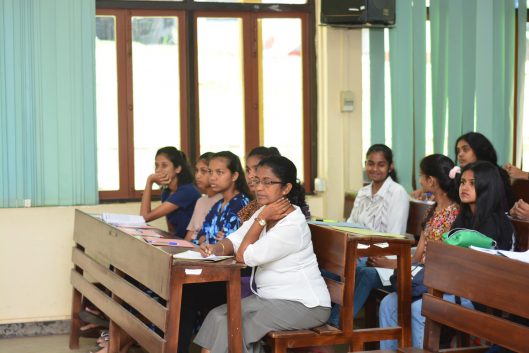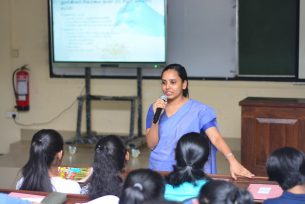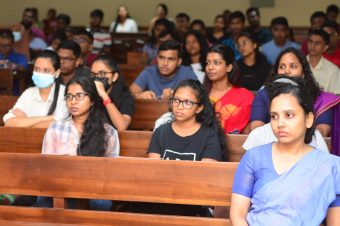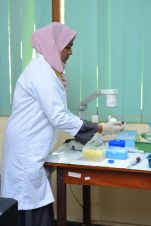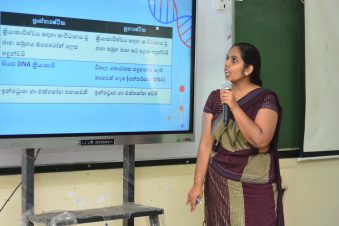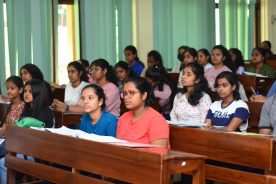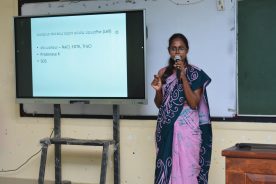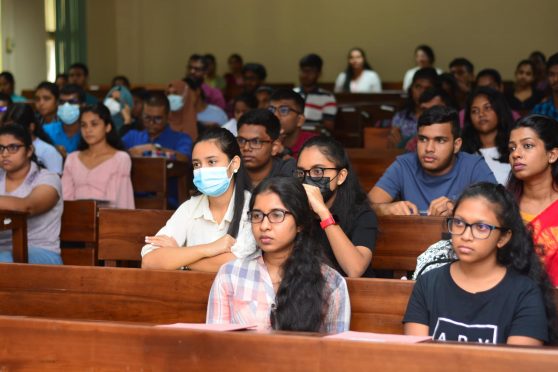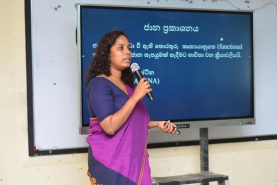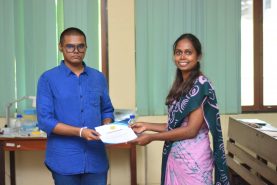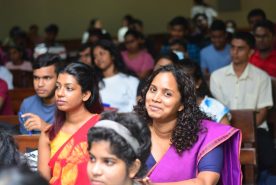Nishani Jayanika Jayathilake, Nipuna Deelaka Wimalagunarathna, Isuru Wijesekara , Varuni Karunika Gunathilake
Published in Asian Journal of Biotechnology and Bioresource Technology
The results showed that body wall tissues of H.atra contained high moisture level (83.2%), proteins (10.2%) and low levels of fat (2.0%) and carbohydrates (2.1%). Further, flesh contains, 0.4% saturated fatty acids, 0.4% unsaturated fatty acids, considerable amount of Calcium, Magnesium and Sodium. Collagen yield from the body wall was recorded as 0.95% and fibrils observed as irregular and dense with a loose and porous structure. Attenuate Total Reflectance-Fourier Transform Infrared Spectroscopy and Ultra Violet Vis spectroscopy indicated the collagen was Type I.


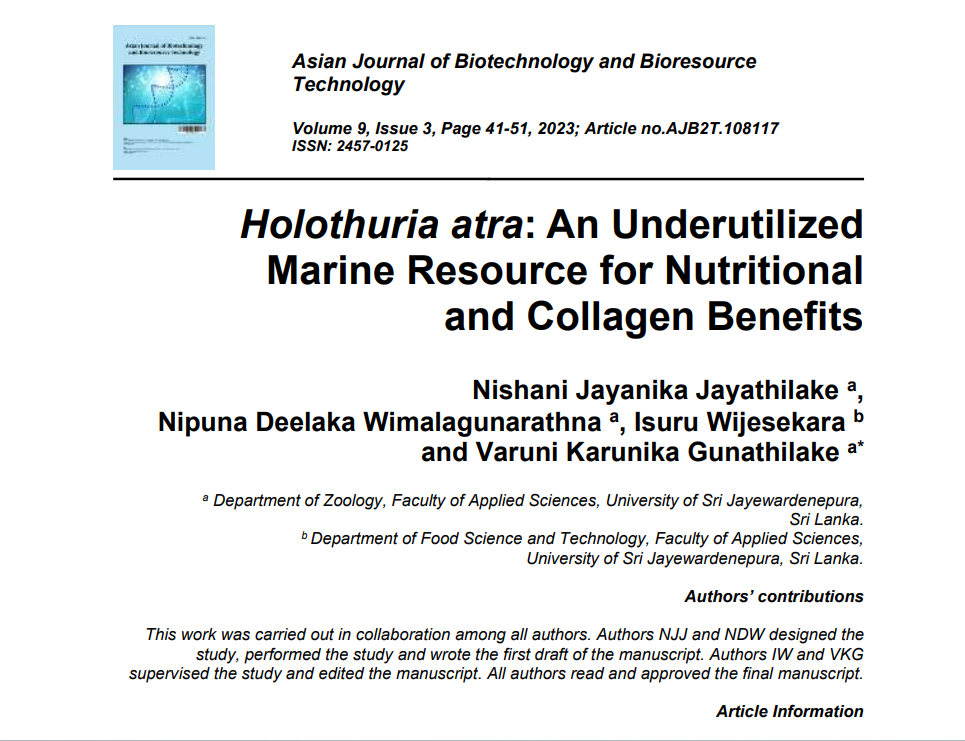

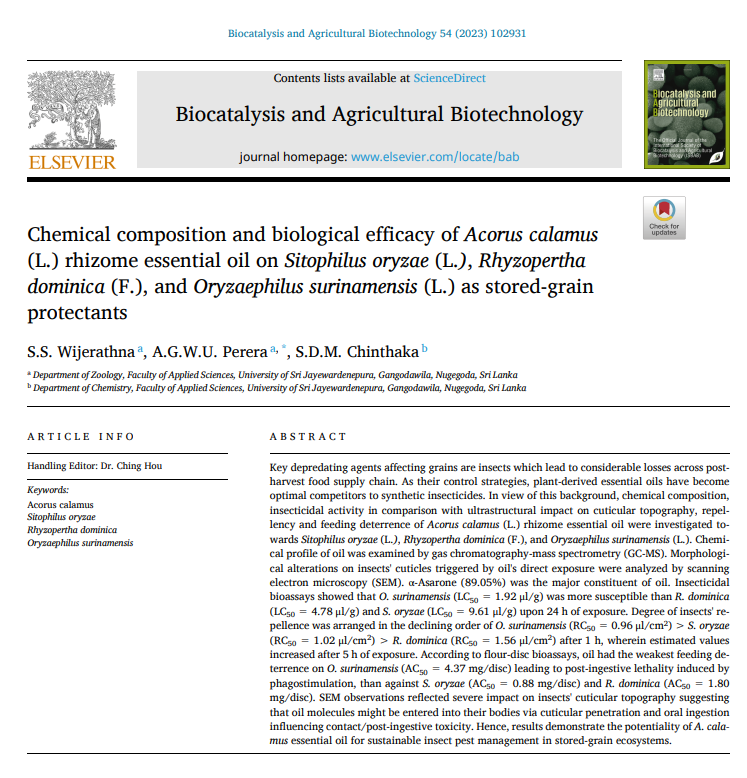 S.S. Wijerathna, A.G.W.U. Perera, S.D.M. Chinthaka
S.S. Wijerathna, A.G.W.U. Perera, S.D.M. Chinthaka
